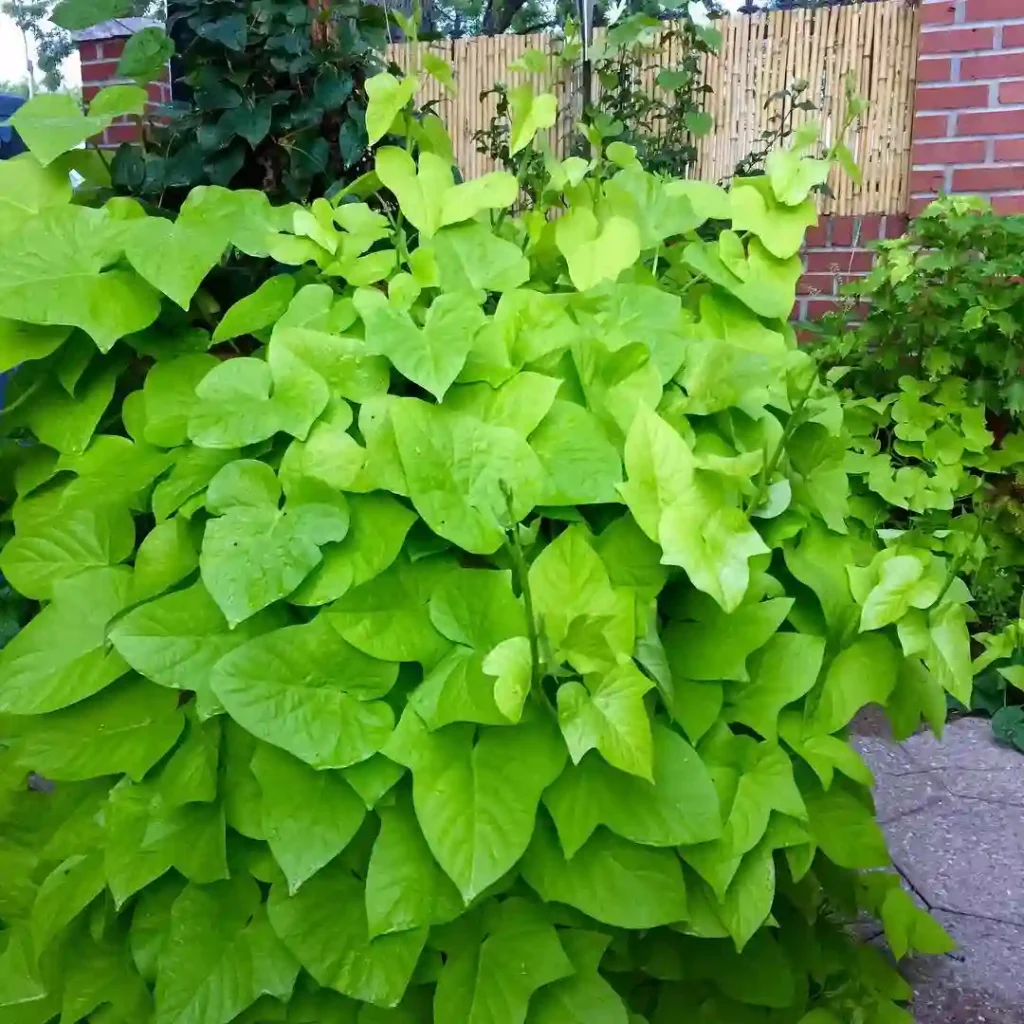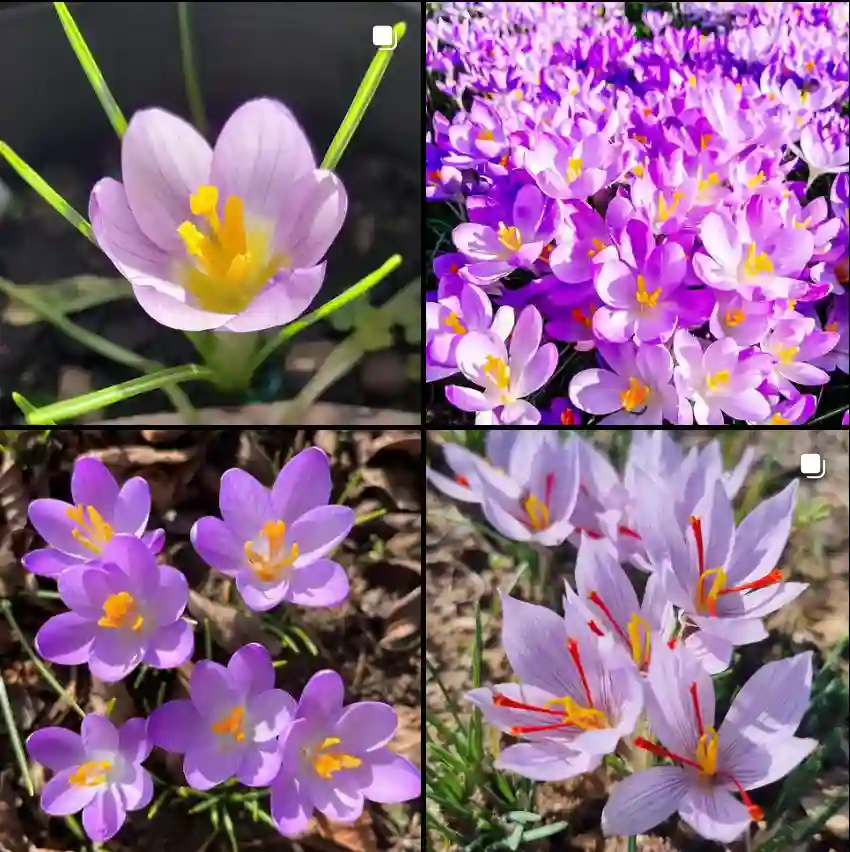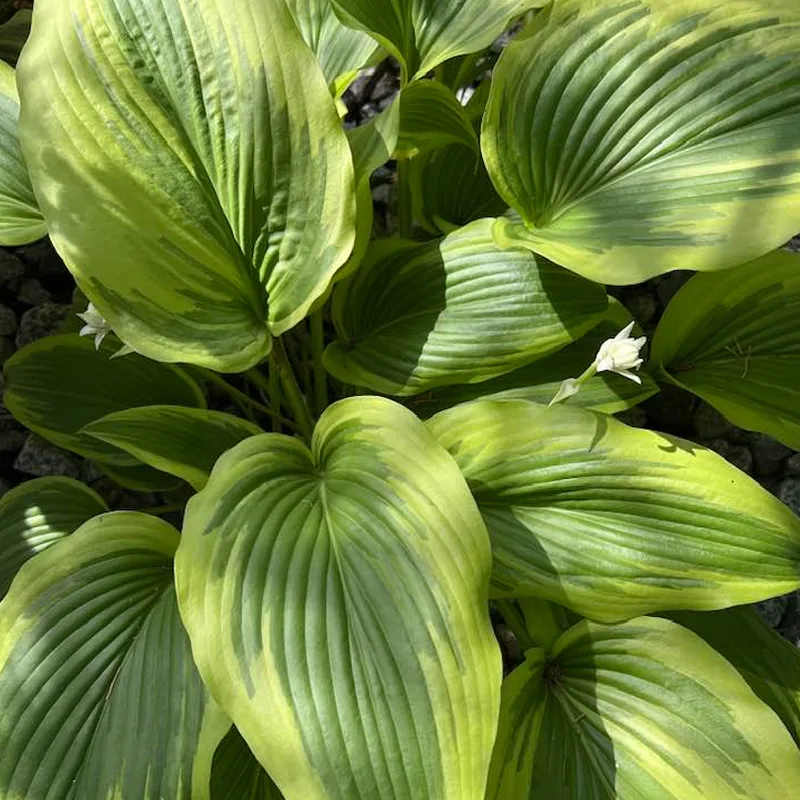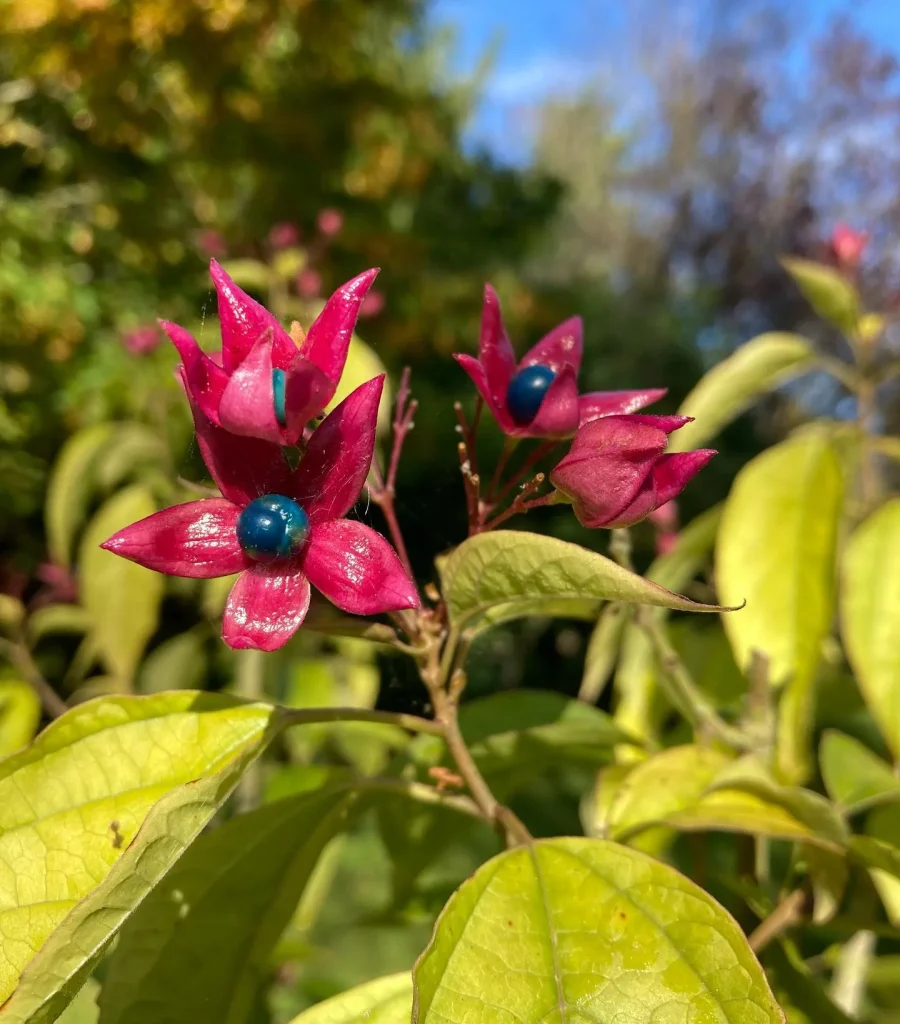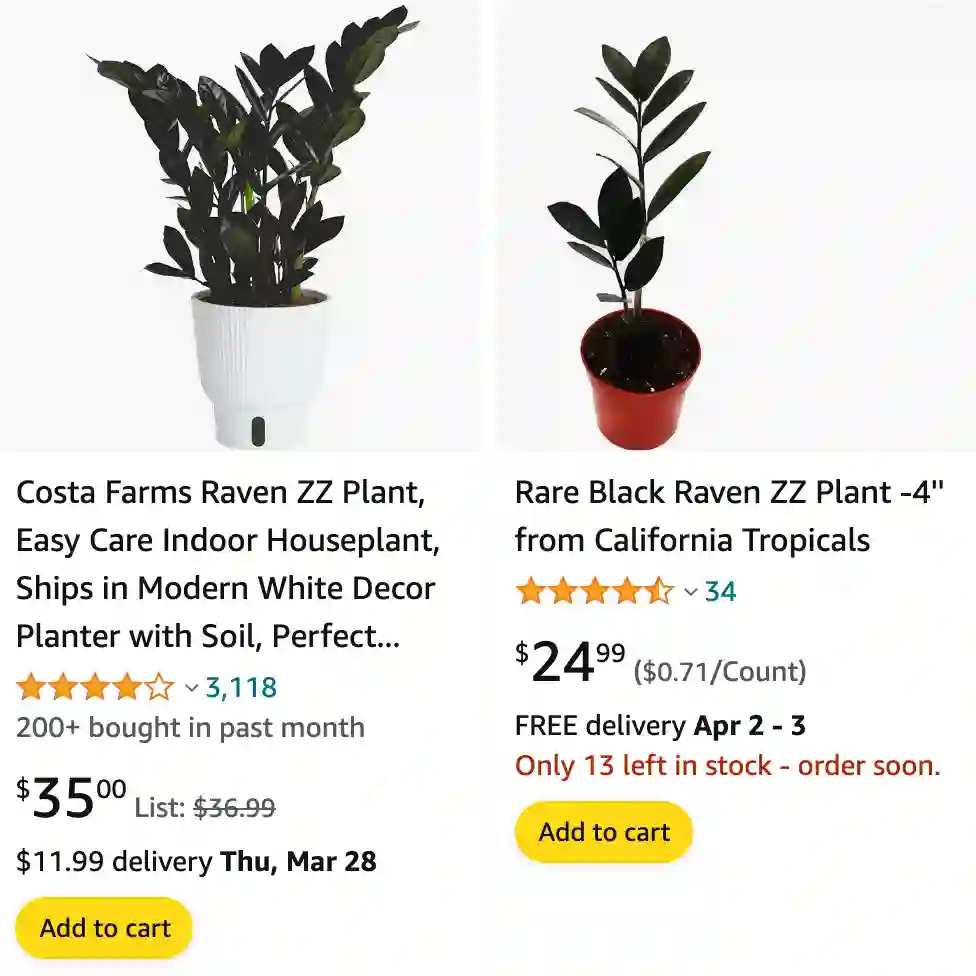
What is Zamioculcas Zamiifolia Raven?
Hey there, Ferb Vu here! Today, I want to delve into the fascinating world of the Raven ZZ Plant (Zamioculcas Zamiifolia Raven). This houseplant has taken the indoor gardening scene by storm, and for good reason. Its stunning deep purple-black foliage adds a touch of drama to any space, and its low-maintenance nature makes it perfect for busy plant parents like myself.
But before we dive into the nitty-gritty of Raven ZZ care, let’s answer some of the most common questions I get about this unique plant.
How to care for Raven ZZ Plant?
Light: Can It Handle the Shade?
Absolutely! The Raven ZZ is a champion of low-light conditions. Unlike many other houseplants that crave bright, indirect light, this one can thrive in darker corners of your home. This adaptability makes it ideal for offices, bathrooms, or north-facing windows. However, remember, even low-light tolerant plants benefit from some indirect sunlight. So, if possible, rotate your Raven ZZ occasionally to encourage even growth.
Watering: When Does Thirsty Strike?
Here’s where the Raven ZZ truly shines for forgetful plant parents (mea culpa!). Thanks to its underground rhizomes (think of them as plant potatoes), the Raven ZZ stores water and can tolerate periods of drought. In fact, overwatering is the enemy here. The best way to know when to water is to stick your finger in the soil. If the top inch is completely dry, it’s watering time.
Soil: The Foundation for Success
Since overwatering is a concern, well-draining soil is crucial for your Raven ZZ. A good quality cactus or succulent mix will do the trick. You can also create your own by combining potting mix with perlite or pumice for added drainage.
Fertilizer: Food for Thought (But Not Too Much)
The Raven ZZ isn’t a heavy feeder. A light application of balanced fertilizer once or twice during the growing season (spring and summer) is sufficient. Overfertilizing can damage the roots, so be sure to dilute the fertilizer according to the manufacturer’s instructions.
Growth Rate: A Patient Approach
This isn’t a plant for those seeking instant gratification. The Raven ZZ is a slow grower, putting out new leaves only a few times a year. But that slow and steady growth contributes to its low-maintenance nature.
Common Problems and How to Deal with Them
Yellowing Leaves: This can be caused by overwatering or lack of light. Check the soil moisture and adjust your watering habits accordingly. If the plant is in a very dark spot, consider moving it to a location with brighter indirect light.
Pests: Thankfully, the Raven ZZ is relatively pest-resistant. However, mealybugs and spider mites can occasionally become a nuisance. If you notice any pests, isolate the plant and treat it with insecticidal soap or neem oil.
Propagating Your Raven ZZ: Sharing the Love
While propagating the Raven ZZ can be a bit challenging, it’s not impossible. The most common method involves dividing the rhizomes during repotting. However, this requires a healthy, established plant and some careful handling. If you’re new to propagation, it’s best to enjoy your Raven ZZ as a single specimen for now.
Raven ZZ vs. ZZ Plant: Sibling Rivalry?
The Raven ZZ is a cultivar of the popular ZZ Plant (Zamioculcas Zamiifolia). The main difference lies in the foliage. The classic ZZ Plant boasts glossy, deep green leaves, while the Raven ZZ features stunning dark purple-black foliage with a hint of green when new growth emerges. Both plants share the same low-maintenance care requirements, making them excellent choices for beginner plant enthusiasts.
Conclusion: The Raven ZZ – A Plant Worth Crowing About
So, there you have it! The Raven ZZ is a low-maintenance, adaptable houseplant with a touch of gothic elegance. Its deep purple-black foliage adds a dramatic touch to any décor, and its forgiving nature makes it perfect for busy schedules. If you’re looking for a plant that thrives on neglect (within reason, of course!), the Raven ZZ is definitely worth adding to your collection.
If i die, water my plants!
